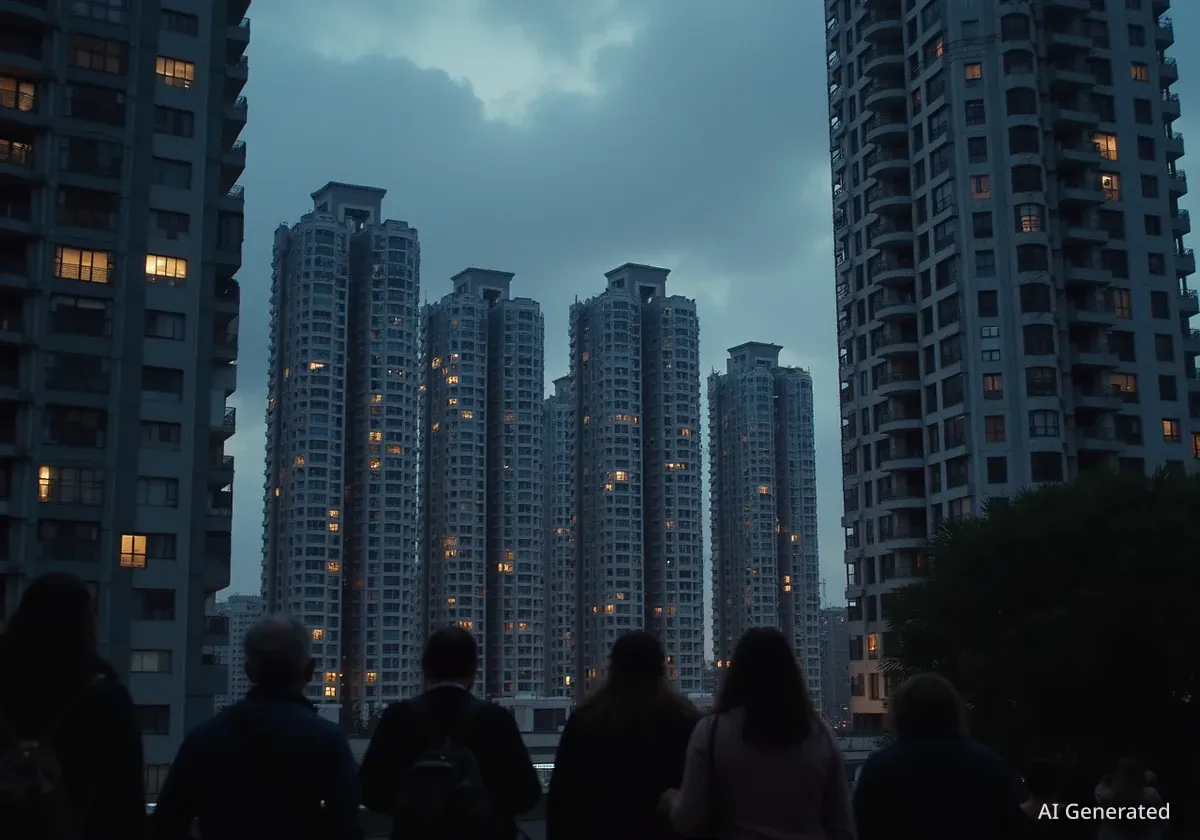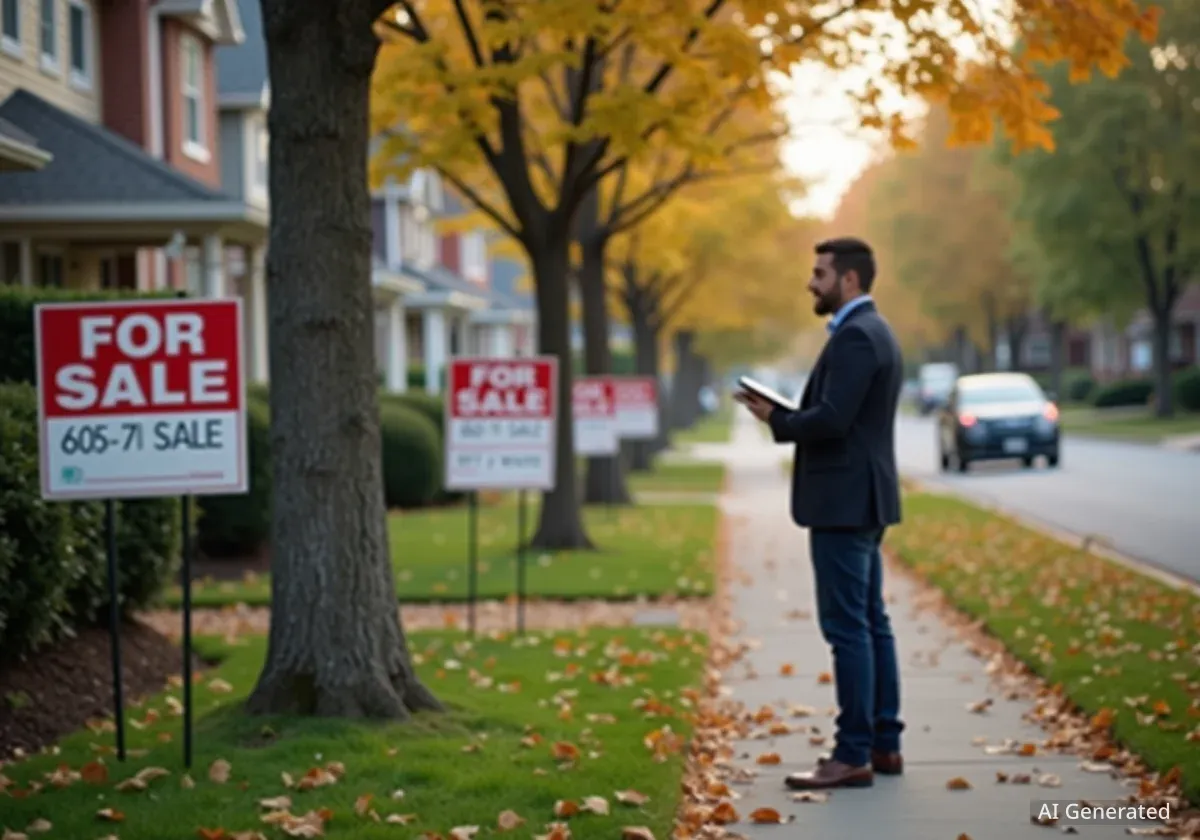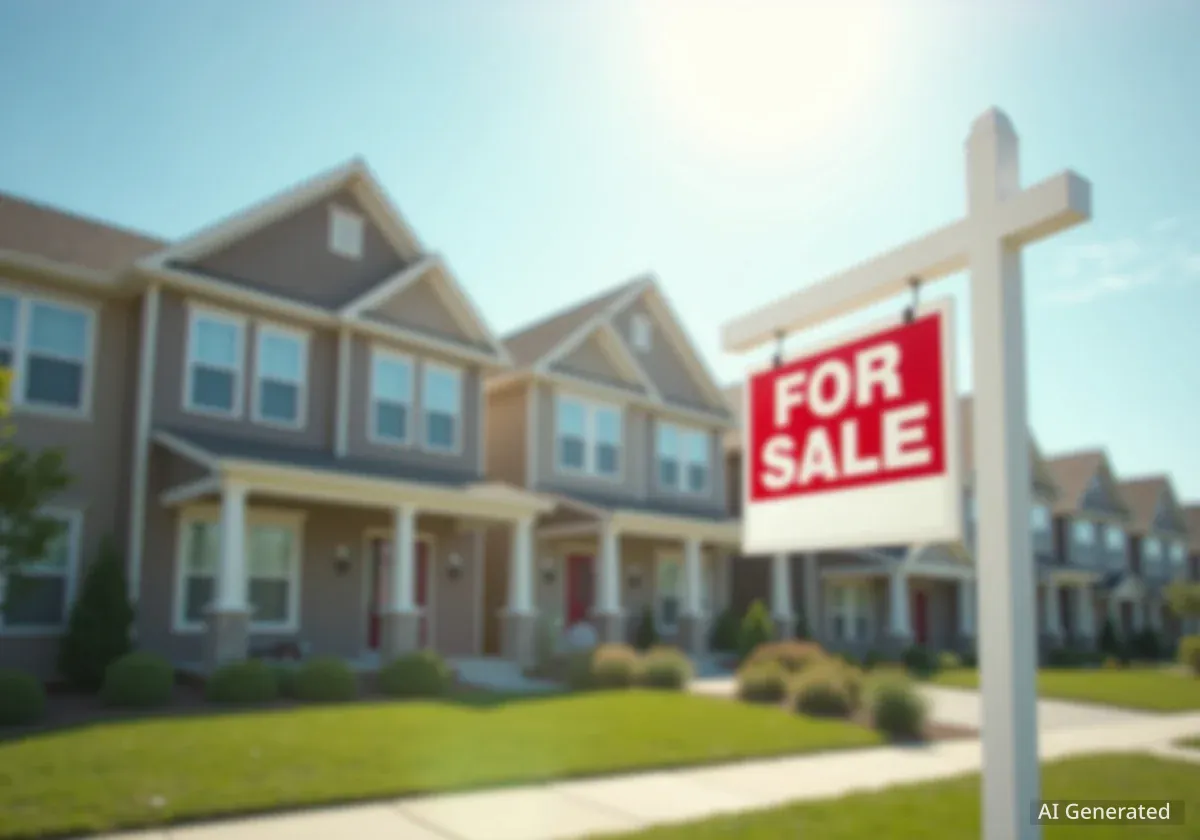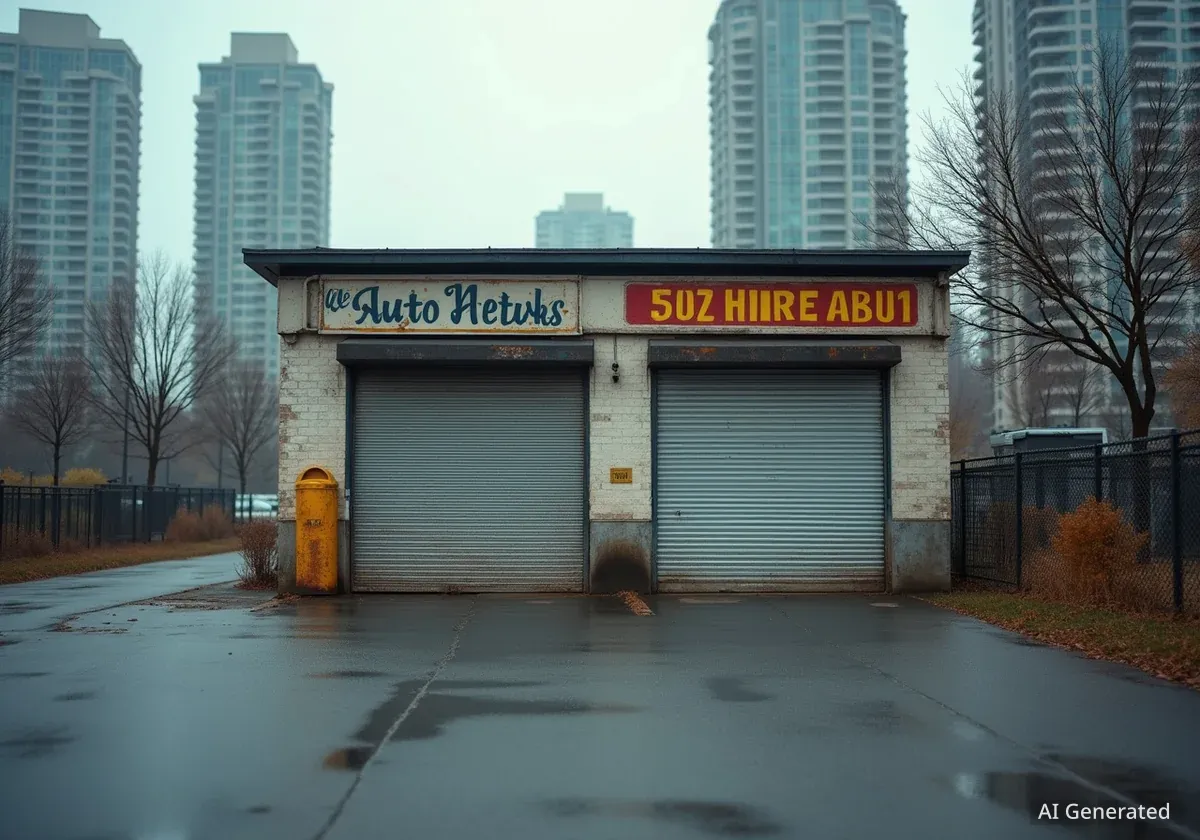Housing affordability has become a central issue in New York City's mayoral election, with candidates presenting sharply different solutions to address the city's long-standing housing crisis. As voters consider their options, the debate over rent stabilization, new construction, and land-use reform is intensifying, drawing in key industry voices like the Real Estate Board of New York.
The discussion highlights a fundamental disagreement on how to solve the affordability problem. While some candidates focus on tenant protections like rent freezes, others, supported by real estate industry leaders, argue that increasing the housing supply is the only sustainable long-term solution.
Key Takeaways
- Housing affordability is a top concern for New Yorkers in the current mayoral election.
- Democratic nominee Zohran Mamdani has proposed freezing rents on rent-stabilized apartments, a measure met with skepticism by opponents and industry groups.
- James Whelan, president of the Real Estate Board of New York (REBNY), emphasizes the need for more housing construction to address the supply shortage.
- Three ballot proposals concerning the city's land-use and review process will also give voters a direct say on development policies.
The Core of the Debate: Affordability in the Five Boroughs
For millions of New Yorkers, the cost of housing is not an abstract political issue but a daily financial pressure. The city's housing market is one of the most expensive in the world, creating significant challenges for low- and middle-income families.
The problem is rooted in a simple economic principle: demand for housing far outstrips the available supply. This imbalance drives up prices for both renters and potential homebuyers across all five boroughs. All mayoral candidates have acknowledged this crisis, but their proposed solutions vary widely.
NYC Housing by the Numbers
According to recent city data, nearly one million apartments in New York City are rent-stabilized, providing a critical source of affordable housing for over two million residents. However, the overall rental vacancy rate often hovers below the 5% threshold that indicates a housing emergency.
A Rent Freeze Proposal Divides Candidates
At the forefront of the policy debate is a proposal by Democratic nominee Zohran Mamdani to freeze rents for tenants in the city's vast number of rent-stabilized units. Proponents argue this measure is a necessary step to protect vulnerable tenants from displacement and provide immediate financial relief.
However, the proposal has drawn significant criticism. Opponents, including other political candidates and real estate groups, question its long-term effectiveness. They argue that a rent freeze could discourage landlords from investing in building maintenance and repairs, potentially leading to a decline in housing quality over time.
Industry Perspective on the Housing Shortage
James Whelan, president of the Real Estate Board of New York (REBNY), offered an industry perspective on the affordability crisis. In a recent appearance, he framed the issue as one of supply and demand, suggesting that policies focused solely on rent control do not address the fundamental lack of housing.
"We are in a housing crisis because for decades we have not built enough housing for the number of people who live here and who want to live here," Whelan stated, emphasizing the need for policies that encourage new development.
REBNY's position is that the most effective way to make housing more affordable is to significantly increase the number of available units. This approach, they argue, would naturally ease competition and stabilize prices across the market, benefiting all New Yorkers, not just those in rent-stabilized apartments.
What is the Real Estate Board of New York?
The Real Estate Board of New York (REBNY) is a prominent trade association representing real estate professionals, including owners, builders, and brokers. As a major voice for the industry, its policy positions often focus on promoting development, reducing regulatory hurdles, and advocating for market-based solutions to housing issues.
The Role of New Construction
The debate over new construction is complex. While many agree that more supply is needed, questions remain about what kind of housing should be built. Advocates for affordable housing stress the need for developments that cater to low- and moderate-income residents, not just luxury condominiums.
Whelan and other industry leaders suggest that encouraging any type of construction helps alleviate pressure on the market. They argue that building more market-rate housing can free up older, less expensive units for other residents, creating a ripple effect that benefits everyone. However, community groups and tenant advocates often counter that this "trickle-down" approach is too slow and fails to provide immediate relief for those most in need.
Voters to Decide on Land-Use Reform
Beyond the mayoral race, New Yorkers will have a direct say on the future of development through three ballot proposals. These measures are aimed at reforming the city's complex land-use and public review process, which governs how and where new buildings can be constructed.
These proposals are critical because the current review process is often cited as a major obstacle to building new housing. It can be a long, expensive, and politically difficult journey for developers to get projects approved.
Key Issues in the Ballot Proposals:
- Streamlining Approvals: One proposal may focus on simplifying the steps required for development approval, potentially shortening timelines.
- Community Input: Another could address the role of community boards and local residents in the decision-making process, balancing local concerns with city-wide housing needs.
- Zoning Changes: The proposals may also involve changes to zoning laws, which dictate the size and type of buildings allowed in different neighborhoods.
The outcome of these ballot measures could have a profound impact on the city's ability to tackle its housing shortage. A vote in favor of reform could pave the way for faster and more efficient development, while a vote against could maintain the existing, more restrictive system.
Looking Ahead: A Complex Path to Affordability
As the election approaches, the conversation about housing in New York City remains multifaceted. There is no single, easy solution to a crisis that has been decades in the making. The next mayor will inherit a city where the cost of living is a primary concern for a majority of its residents.
The path forward will likely require a combination of strategies, including tenant protections, incentives for affordable housing construction, and meaningful reforms to the development process. The differing views of candidates like Zohran Mamdani and industry leaders like James Whelan illustrate the central challenge: balancing immediate relief for tenants with long-term strategies to increase the overall housing supply.
Ultimately, New York City voters will play a crucial role in shaping the future of their city's housing landscape, both through their choice for mayor and their decisions on the important land-use proposals on the ballot.





